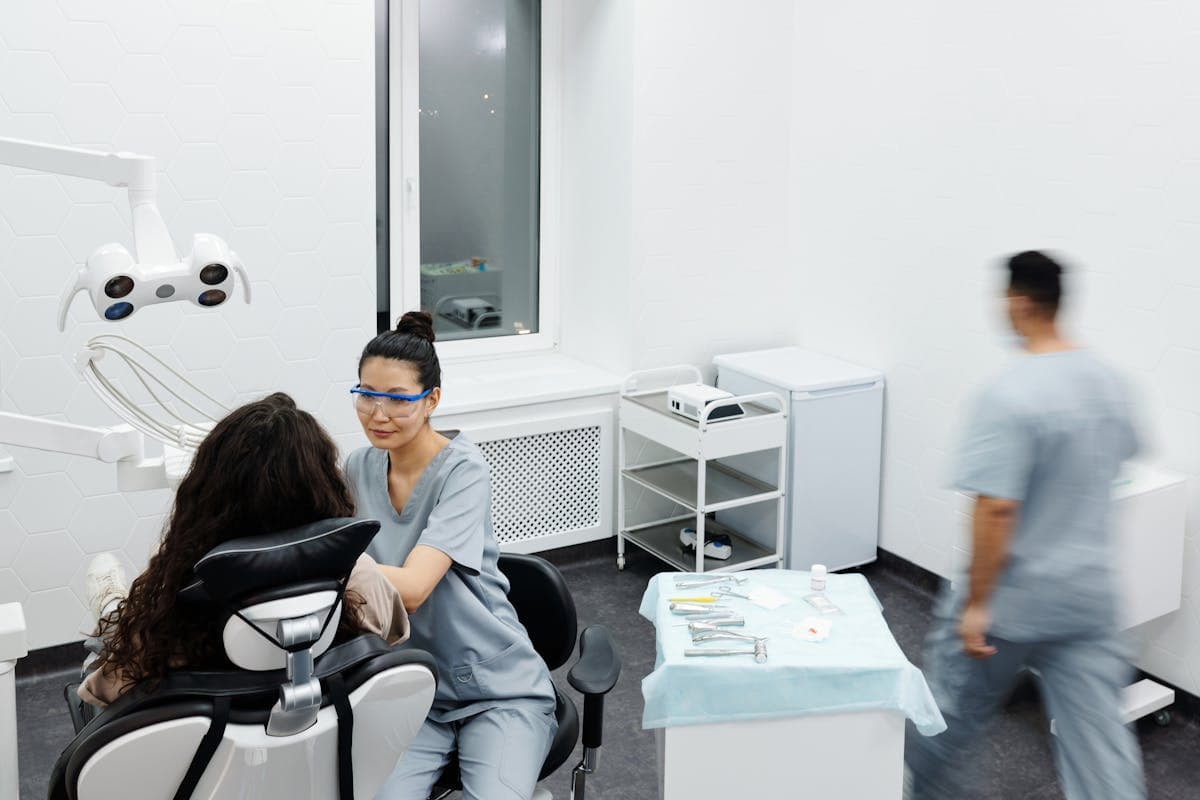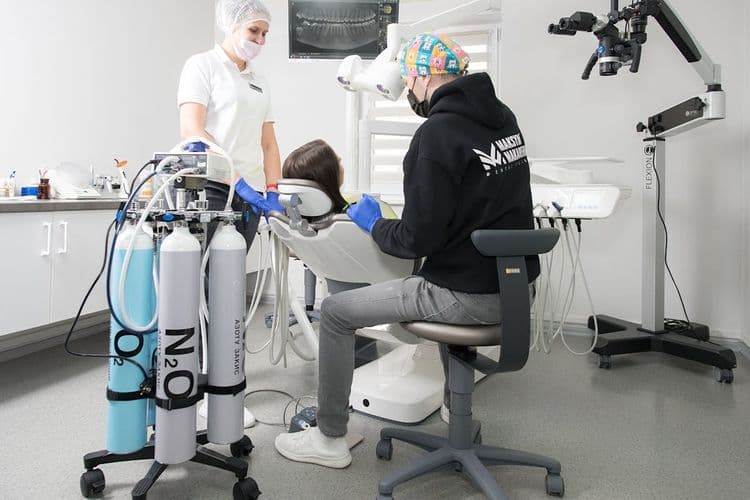The notion of removing braces at home is gaining attention, primarily driven by the desire to circumvent the cost and time associated with professional dental services. However, this practice raises compelling questions related to dental health and safety. Are individuals fully aware of the potential dangers linked to self-removal, from tooth damage to gum injuries, and are they prepared to deal with the consequences? As we navigate this discussion, we invite you to reflect on the long-term implications of such decisions on oral health and the critical role of professional orthodontic care.
Understanding Dental Braces
Dental braces, a common tool in orthodontics, are primarily used to correct misaligned teeth or jaws, thereby improving oral health and aesthetics. With a vast array of braces types available, patients can choose from traditional metal braces, ceramic braces, lingual braces, and clear aligners, based on their specific requirements and preferences.
Brace materials, on the other hand, vary greatly. Traditional braces are typically made of high-quality stainless steel or titanium. Ceramic braces, which are less noticeable, use transparent ceramic elements. Lingual braces are similar to metal braces but are positioned behind the teeth, making them invisible from the front. Clear aligners, like Invisalign, are made from a clear plastic-like material and are virtually undetectable. It’s essential to understand these variations before considering removal procedures.
Risks of DIY Brace Removal
Venturing into the domain of do-it-yourself brace removal can expose patients to a myriad of potential hazards. The lack of professional orthodontic tools and expertise can inadvertently lead to dental emergencies.
The primary risks associated with DIY brace removal include:
- Infection: Unsterilized tools and improper procedure can lead to infections.
- Tooth Damage: Incorrectly applied force can cause irreparable damage to the tooth enamel.
- Gum Injury: Sharp tools can puncture or lacerate the gums, leading to pain and bleeding.
- Orthodontic Setbacks: Removing braces prematurely can lead to orthodontic issues, negating the progress made.
Therefore, it is strongly discouraged to attempt brace removal at home without professional supervision due to these considerable risks.
Professional Braces Removal Process
Given the considerable risks associated with DIY brace removal, it is advisable to seek the assistance of a trained orthodontist for this procedure. Different braces types require varying removal techniques, each needing a specific set of professional skills and tools. Traditional metal braces, for instance, necessitate a specialized plier for the safe detachment of brackets and bands while preserving tooth enamel. Ceramic braces, on the other hand, require a different approach due to their delicate nature, thereby minimizing potential damage. In contrast, removing Invisalign involves a simpler process, but still requires professional guidance to guarantee a healthy shift. The orthodontist’s expertise guarantees a safe, efficient process, mitigating risks and providing the best post-braces oral health.
Damage to Teeth and Gums
While it may seem cost-effective or convenient, attempting to remove braces at home can lead to serious damage to both teeth and gums. The repercussions of such an action could range from mild discomfort to severe dental complications.
- Tooth Damage: The improper removal of braces can cause enamel erosion or fractures in the teeth, leading to tooth sensitivity.
- Gum Irritation: DIY methods may cause severe gum irritation or even gum recession.
- Alignment Issues: Improper removal can disrupt the alignment process, causing the teeth to move back to their original position.
- Long-term Consequences: The consequences of self-removal might not be immediately evident, but over time, they could lead to chronic oral health issues.
Consider these risks before deciding to remove braces without professional assistance.

Potential for Infection
Despite the perceived advantages of a DIY approach, the potential for infection is another significant risk when removing braces at home. The mouth is a conducive environment for bacterial growth and without the proper sterilization methods, there’s an elevated risk for oral infection. Infection prevention is paramount in any dental procedure. Removing braces is no exception. It involves the use of sharp instruments that can damage the gum tissue and create entry points for bacteria, increasing the risk of infection. In addition, maintaining oral hygiene throughout the process is challenging without professional training. Infection can lead to severe complications such as periodontal disease or tooth loss. As a result, it’s strongly advised to seek professional help when considering removing braces.
Importance of Orthodontic Aftercare
Moving from the potential risks associated with self-removal of braces, it’s imperative to understand the role of orthodontic aftercare. This phase is essential as it helps maintain the achieved alignment and prevent relapse.
- Retainer Usage: Following brace removal, retainers are worn to stabilize the new tooth position. Neglecting this step may lead to teeth shifting back into their original position.
- Oral Hygiene: The importance of maintaining oral hygiene cannot be overstated. Regular brushing and flossing help prevent plaque buildup and cavities.
- Regular Check-ups: Post-treatment visits allow the orthodontist to monitor progress and address any potential issues swiftly.
- Healthy Diet: Consuming teeth-friendly foods and avoiding hard, sticky items can protect your newly aligned teeth from damage and decay.
Legal Implications of Self-Removal
Although many may not realize it, self-removal of braces can also carry significant legal implications. This act can potentially lead to legal consequences due to violations of legal and professional standards set in dental care. When an individual chooses to remove their braces without professional assistance, they may unknowingly expose themselves to liability issues and could face legal repercussions if harm results from this self-removal. For instance, infections, irreversible dental damage or disfigurement could occur, which might result in the pursuit of legal action. This is particularly true if the braces were initially installed by a licensed orthodontist, who may face repercussions for their patient’s actions. It’s vital to contemplate these potential legal ramifications before deciding to remove braces at home.
Alternatives to Home Brace Removal
Given the potential hazards associated with do-it-yourself brace removal, it’s essential to take into account safer and more effective alternatives. Professional orthodontic intervention, for instance, offers a medically-approved route to brace removal, assuring patient safety and ideal results. Moreover, understanding aftercare post brace removal is of significant importance, as it helps maintain the achieved results and secures the overall health of the teeth.
Risks of DIY Removal
Despite the potential allure of removing braces at home to save time and money, this DIY approach carries significant risks.
- Inadequate Tools: DIY tools may not be sterile or appropriate for dental procedures, leading to infections.
- Oral Hygiene Complications: Unprofessional removal can disrupt oral hygiene, provoking gum diseases or cavities.
- Damage to Teeth: Improper handling can damage tooth enamel or cause tooth displacement.
- Incomplete Removal: Leftover adhesive can cause discomfort and oral health issues.
Professional Orthodontic Intervention
In light of the risks associated with DIY removal of braces, seeking professional orthodontic intervention is decidedly the safer and more effective alternative. Orthodontists possess the necessary expertise, training, and equipment to remove braces without causing harm to your teeth or gums. Their orthodontic expertise guarantees a streamlined, painless process that mitigates potential issues such as damaged enamel or gum infections. Additionally, professional intervention provides an opportunity to discuss treatment options post-removal. These options might include retainers or other orthodontic appliances to maintain the alignment of your teeth. Ultimately, while removing braces at home may seem cost-effective, the potential risks far outweigh the benefits. Consequently, professional orthodontic intervention remains the most prudent choice.
Aftercare Post Brace Removal
Taking meticulous care of your oral health becomes paramount upon the removal of braces. A proper aftercare routine is essential to maintain your dental hygiene and the results achieved through orthodontic treatment.
- Regular Brushing and Flossing: Maintain a routine of brushing twice a day and flossing at least once. This removes plaque and prevents tooth decay.
- Regular Dental Check-ups: Visit your dentist every six months for a professional cleaning and examination.
- Wearing Retainers: Follow your orthodontist’s advice regarding the use of retainers to keep your teeth in their new position.
- Healthy Diet: Limit sugary food and drinks to prevent staining and cavities.
Frequently Asked Questions
What Are Some Signs That My Braces Need to Be Removed?
Signs that braces may need removal include decreased braces discomfort and visible alignment improvement. However, a professional assessment is critical. Maintain proper oral hygiene and consult your orthodontist for a definitive decision.
How Long Does the Healing Process Take After Professional Braces Removal?
The healing timeline post professional braces removal varies per individual, typically taking a few weeks. Proper oral hygiene and post removal care play vital roles in ensuring a swift and comfortable healing process.
Can Diet or Nutrition Affect Braces Removal?
Diet and nutrition can have a significant impact on orthodontic treatments. However, dietary changes don’t directly affect the braces removal process, but overall oral health and tooth strength, which indirectly influences the braces experience.
Is There Any Possibility of Reapplying Braces After Removal?
Yes, braces reapplication is indeed possible after removal. However, it’s typically recommended only when necessary, as repeated orthodontic adjustments might lead to dental health complications. Consult a professional orthodontist for personalized advice.
What Is the Average Cost of Professional Braces Removal?
The average cost of professional braces removal can vary, typically ranging from $75 to $200. However, costs can greatly differ depending on geographical location and dental insurance coverage. Always consult with your orthodontist for precise estimates.


